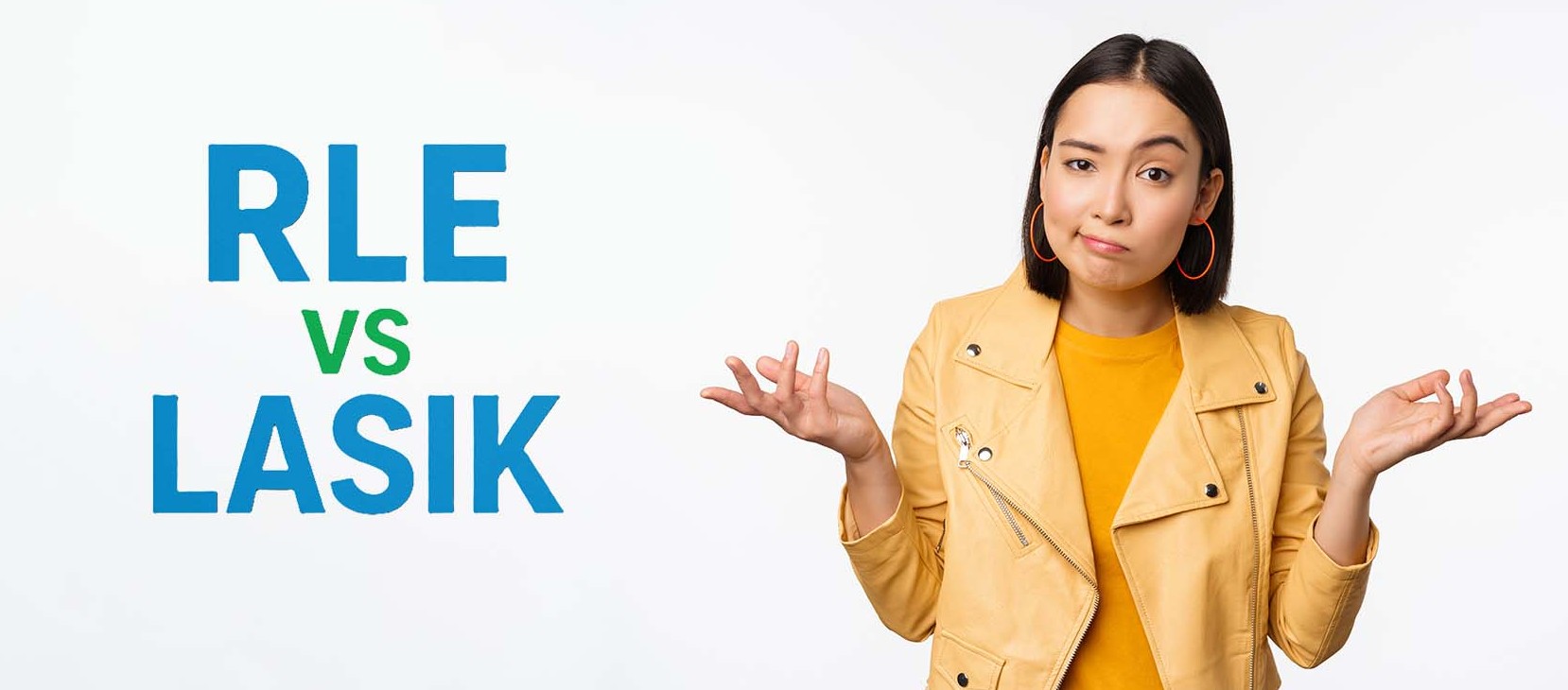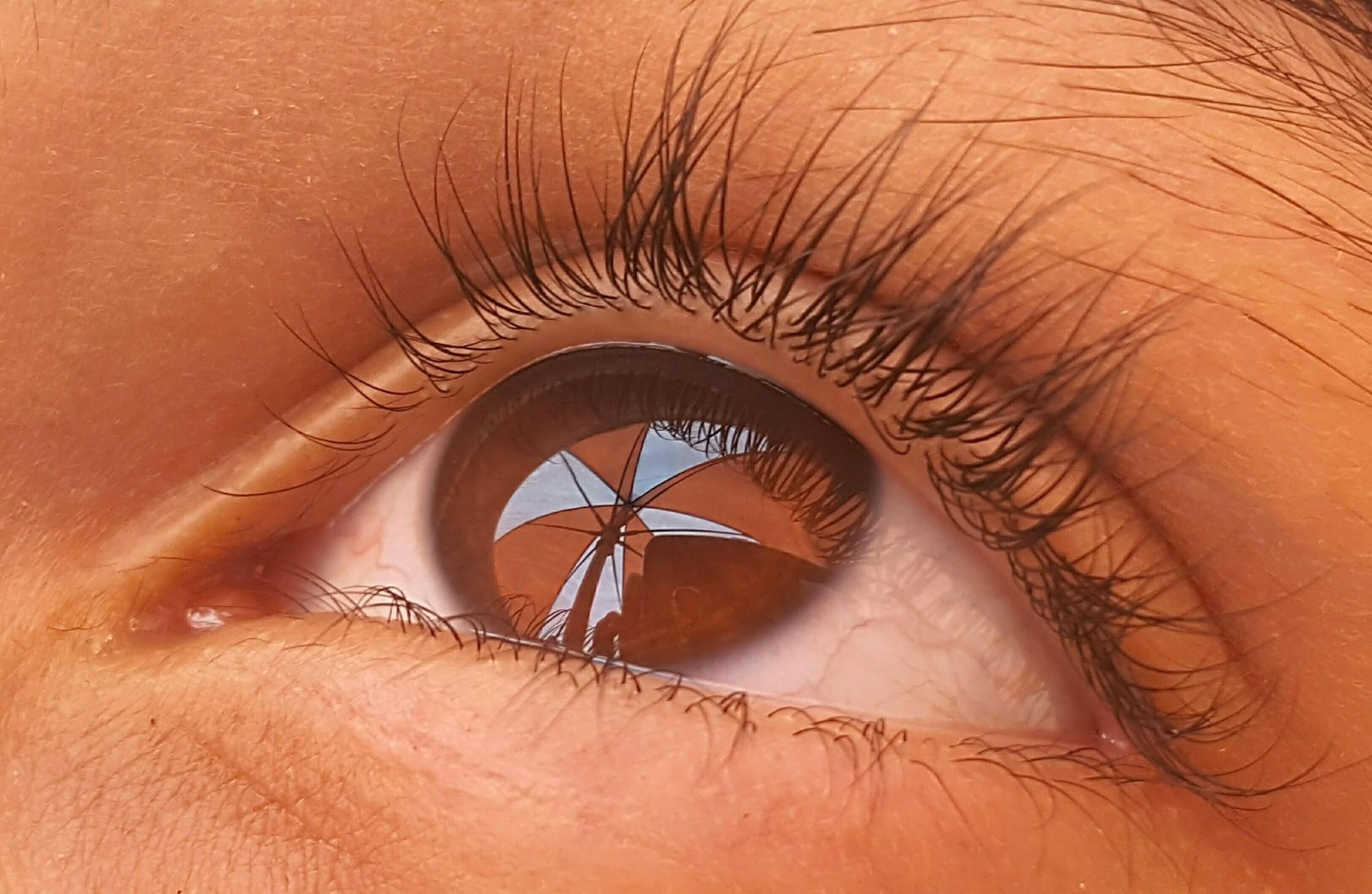Lazy eye, or amblyopia, is often thought of as a purely childhood issue, something that either gets “fixed” early or is left alone for life.
In reality, amblyopia is a lifelong condition if untreated. While it doesn’t behave like a degenerative disease, its effects can be felt well into adulthood.
According to the American Association for Pediatric Ophthalmology and Strabismus (2024), amblyopia affects around 2–3% of the population globally, making it one of the most common causes of visual impairment in children and adults alike.
This article takes a long-term look at how amblyopia behaves over time from early childhood through senior years, lazy eye treatments for adults in Malaysia, and why understanding its progression is critical to preserving quality of life at any age.
Lazy Eye Through the Years: Does It Physically Worsen with Age?
Amblyopia is a developmental condition that arises when the brain fails to process input from one eye properly, leading to reduced vision in that eye.
It is not a degenerative disease. This means that the structure of the eye itself doesn’t deteriorate because of amblyopia, but the impact can change depending on age and circumstances.
Childhood (0–8 years)
This is the brain’s “critical period” for visual development. Treatments like patching, atropine drops, or vision therapy are most effective here (Holmes & Clarke, 2006). Without early correction, the brain increasingly suppresses the weaker eye’s input, making improvement much harder later in life.
Tween/Teen Years (9–17 years)
Vision stabilises, but depth perception problems and subtle limitations in coordination remain. Teens may become more self-conscious, more so if the amblyopia is linked to a visible eye misalignment (strabismus).
Adulthood (18–40 years)
The condition itself won’t typically worsen, but functional challenges can be more noticeable in higher-demand tasks. The dominant eye may experience fatigue, especially with prolonged screen use. Some adults explore newer therapies for amblyopia, like perceptual learning or virtual reality-based training, though improvements tend to be modest.
Seniors (40+ years)
Age-related issues like presbyopia, cataracts, or macular degeneration can affect the dominant eye. If this happens, the weaker eye may not be able to compensate, potentially leading to significant functional vision loss. This makes protecting the stronger eye a top priority.
In short, while amblyopia itself doesn’t physically worsen over the decades, its effects can feel more limiting as visual demands and other age-related conditions emerge.
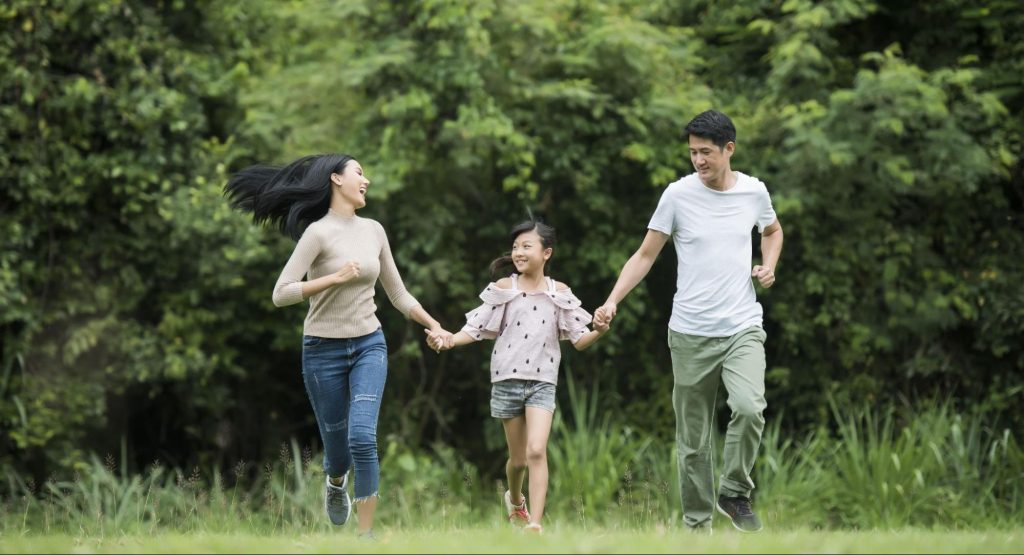
Long-Term Functional Limitations
Even if you’ve adapted to having one weaker eye, amblyopia can cause subtle but important functional limitations that persist throughout life.
- Depth perception deficits: Tasks like parking a car, catching a ball, or pouring liquids can be trickier.
- Hand-eye coordination issues: Small delays in reaction time can affect sports or fine motor activities like threading a needle.
- Eye fatigue: Relying heavily on one eye may lead to strain, headaches, or discomfort, particularly during prolonged reading or screen work.
While many people subconsciously adapt to these limitations, they can become more noticeable in challenging or unfamiliar environments. Regular eye check-ups can help manage symptoms and ensure optimal performance from the stronger eye.
❓What If Something Happens to the Strong Eye❓
One of the biggest concerns with amblyopia is the lack of a “backup eye” with full functional vision.
If the dominant eye is injured or affected by disease later in life (e.g., glaucoma, macular degeneration, or retinal detachment), the weaker eye may not be able to take over effectively.
This scenario increases the risk of legal blindness, which the World Health Organisation (2008) defines as a visual acuity of less than 3/60 or a visual field of less than 10° in the better-seeing eye. It’s a reminder of why protecting the stronger eye through injury prevention, UV protection, and regular eye exams is vital.
Working with Amblyopia: Career Limitations in Certain Fields
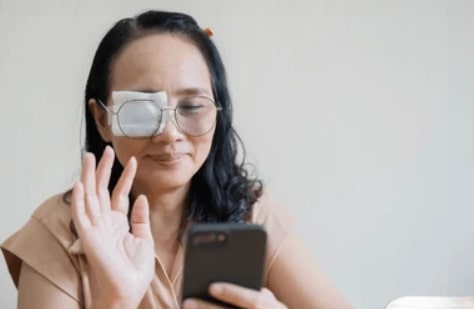
Certain professions place extremely high demands on visual performance, and amblyopia can be a significant barrier. Jobs that require excellent binocular vision, precise depth perception, and strong visual acuity in both eyes often have strict medical entry requirements.
Examples include:
- Aviation roles: Commercial pilots, helicopter pilots, and military aircrew must have near-perfect vision in both eyes to safely operate aircraft in varied lighting and weather conditions.
- Uniformed services: Police, firefighters, and armed forces personnel rely heavily on sharp vision for safety, tactical awareness, and equipment operation.
- Specialised technical roles: Professions like air traffic control, maritime navigation, or precision engineering often demand strong depth perception and sustained visual focus.
In Malaysia, these standards are clearly defined. According to the Civil Aviation Authority of Malaysia (2021), commercial pilot candidates must meet strict vision criteria, such as:
- Distance visual acuity of at least 6/9 in each eye separately and 6/6 or better using both eyes together (binocularly), with or without corrective lenses.
- No colour vision deficiencies, as colour perception is essential for interpreting cockpit displays, airfield lighting, and navigational charts accurately.
For individuals with amblyopia, meeting these standards can be challenging. If the weaker eye cannot achieve the required corrected vision, the applicant may be disqualified regardless of how well the stronger eye performs.
This is why early detection and treatment during childhood or adolescence is so important. Addressing amblyopia before visual development stabilises can open more career opportunities later in life.
While outcomes of lazy eye treatment for adults may be more limited, targeted management can still help maximise functional vision for personal and professional activities.
Can Adults Still Treat Amblyopia? Lazy Eye Treatment for Adults in Malaysia
Now, to answer the burning question: “Is there a cure for lazy eye in adults?”
We’ve learnt that the most effective period for amblyopia treatment is during early childhood. That is when the brain’s visual processing pathways are still developing.
Research over the years has shown that neuroplasticity doesn’t disappear entirely in adulthood. In some cases, partial visual improvement is still possible even after the so-called “critical period” has passed (Castaldi et al., 2020).
Potential Lazy Eye Improvement Options for Adults
- Perceptual Learning
This method uses repetitive visual tasks to stimulate and strengthen the weaker eye’s connection to the brain. Activities can include contrast detection, letter recognition, or identifying patterns with increasing difficulty.
For example, a patient might use a computer-based programme for 30–60 minutes a day over several weeks, training their brain to process information from the amblyopic eye more effectively. Clinical trials have reported modest but measurable improvements in visual acuity after consistent training, though results vary among adults..
- Binocular Vision Therapy
Traditional patching (covering the dominant eye) in adults is generally less effective on its own, so newer approaches focus on getting both eyes to work together. Binocular vision therapy may involve tasks where images are split between the two eyes, forcing the brain to combine them into a single perception.
For example, using special glasses or a dichoptic display, one eye might see high-contrast letters while the other sees low-contrast ones. Over time, the brain learns to merge both images, reducing suppression of the weaker eye.
- VR-Based Rehabilitation Tools
Virtual reality (VR) headsets have opened new possibilities for amblyopia therapy. Gamified visual training programmes that make therapy more engaging (Levi & Li, 2009). They are presented in immersive environments where each eye receives different parts of the visual scene.
For example, a VR game might display key game elements only to the weaker eye, encouraging active use without making the therapy feel tedious. Small-scale studies in adults have shown improvements in stereopsis (depth perception) and fine detail recognition after weeks of VR-based training, though these tools remain experimental.
- Adjunctive Treatments
Some research explores using pharmacological agents (e.g., certain antidepressants that temporarily increase brain plasticity) alongside visual training, though these are still in experimental stages and not standard care.
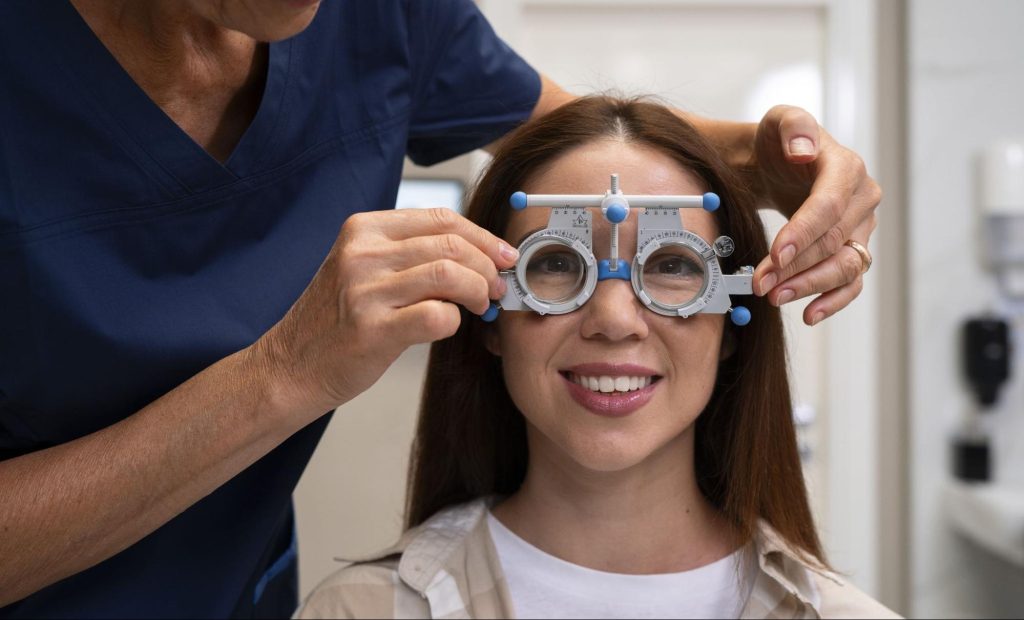
Setting the Right Expectations
The realistic goal of lazy eye treatment for adults is typically functional improvement, such as enhancing clarity in the weaker eye, reducing eye strain, and sometimes improving stereopsis (depth perception). It is not usually possible to achieve perfect 20/20 vision.
Results vary widely depending on:
- Severity and type of the amblyopia
- Whether strabismus (eye misalignment) is present
- Overall eye health and lifestyle factors
- Commitment to regular training sessions
A comprehensive assessment by an ophthalmologist or optometrist is crucial before starting therapy. They can determine whether improvement is likely, recommend suitable programs, and monitor progress to ensure the time and resources invested yield meaningful benefits.
Life with Amblyopia: What You Need to Know
Amblyopia may not actively worsen with age, but leaving it untreated means living with lifelong effects. Untreated amblyopia often results in permanent vision loss in the weaker eye, persistent depth perception challenges, reduced career opportunities, and increased vulnerability if the stronger eye is ever compromised.
The key to living with lazy eye is awareness, protection, and informed decision-making at every life stage. If you or your child has been diagnosed with lazy eye, it’s worth consulting an eye care professional. While children benefit most from early treatment, adults may still gain functional improvements through modern therapies.
Stay tuned to our blog page for more insights on eye care. Safeguard your vision for the future.
References
American Association for Pediatric Ophthalmology and Strabismus. (2024). Amblyopia. https://aapos.org/glossary/amblyopia
Castaldi, E., Lunghi, C., & Morrone, M. C. (2020). Neuroplasticity in adult human visual cortex. Neuroscience & Biobehavioral Reviews, 112, 542–552. https://doi.org/10.1016/j.neubiorev.2020.02.028
Civil Aviation Authority of Malaysia. (2021). Civil Aviation Directive 1004 – Medical Requirements (CAD-1004-MED). https://www.caam.gov.my/wp-content/uploads/2021/03/CAD-1004-MED.pdf
Holmes, J. M., & Clarke, M. P. (2006). Amblyopia. Lancet (London, England), 367(9519), 1343–1351. https://doi.org/10.1016/S0140-6736(06)68581-4
Levi, D. M., & Li, R. W. (2009). Improving the performance of the amblyopic visual system. Philosophical transactions of the Royal Society of London. Series B, Biological sciences, 364(1515), 399–407. https://doi.org/10.1098/rstb.2008.0203
World Health Organisation. (2008). Prevention of avoidable blindness and visual impairment (EB124/7). https://apps.who.int/gb/ebwha/pdf_files/EB124/B124_7-en.pdf


